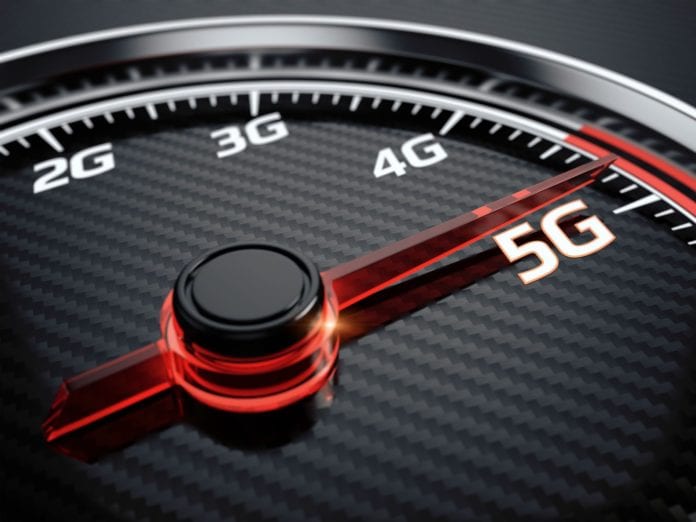5G fixed wireless access growth as a wireless alternative to last mile fiber
5G fixed wireless access is poised to be the first phase of commercial 5G deployments with major operators including Verizon and AT&T testing service delivery using high-capacity millimeter wave spectrum. Given this dynamic, as well as the broader potential of fixed 5G as an alternative to running fiber to homes and premises, SNS Research sees major market potential.
In a new report, SNS Research projects that 5G fixed wireless access (FWA) will drive $1 billion in service revenue by 2019, and see a compound annual growth rate of more than 80% from 2019 to 2025, “eventually accounting for more than $40 billion,” according to the research firm.
According to the report, 5G FWA “can reduce the initial cost of establishing last-mile connectivity by as much as 40%,” compared to FTTP, and “can significantly acelerate rollout times by eliminating the need to lay cables.”
In partnership with Ericsson and Intel, AT&T last year used millimeter wave spectrum in the 15 GHz and 28 GHz bands, to test enterprise 5G applications at one of Intel’s lo- cal offices. That trial pushed more than a gigabit per second in sup- port of enterprise apps including internet access, virtual private net- work connections, 4K video stream- ing, delivery of DirecTV and VoIP. The field trial extended lab testing in several frequency bands and in- volved not only Ericsson, but also Samsung and Nokia. AT&T expanded that trial to involve residential end users.
Verizon is in the process of expanding a 5G fixed wireless access pilot project to 11 U.S. markets, which the company said will include “several hundred cell sites that cover several thousand customer locations,” in Ann Arbor, Mich., Atlanta, Ga., Bernardsville, N.J., Brockton, Mass., Dallas and Hous- ton, Texas, Miami, Fla., Sacramen- to, Calif., Seattle, Wash., and Wash- ington D.C. In May, Verizon shared some details of its testing in Michigan, which involved a Samsung virtual RAN solution, base station and home router equipment, while Cisco provided a virtual packet core. The companies focused on interoperability between the core and radio networks and user devices.
Picking up on this trend, SNS Research found, “The 28 GHz frequency band is widely preferred for early 5G-based FWA deployments, as many vendors have already developed 28 GHz-capable equipment.”

